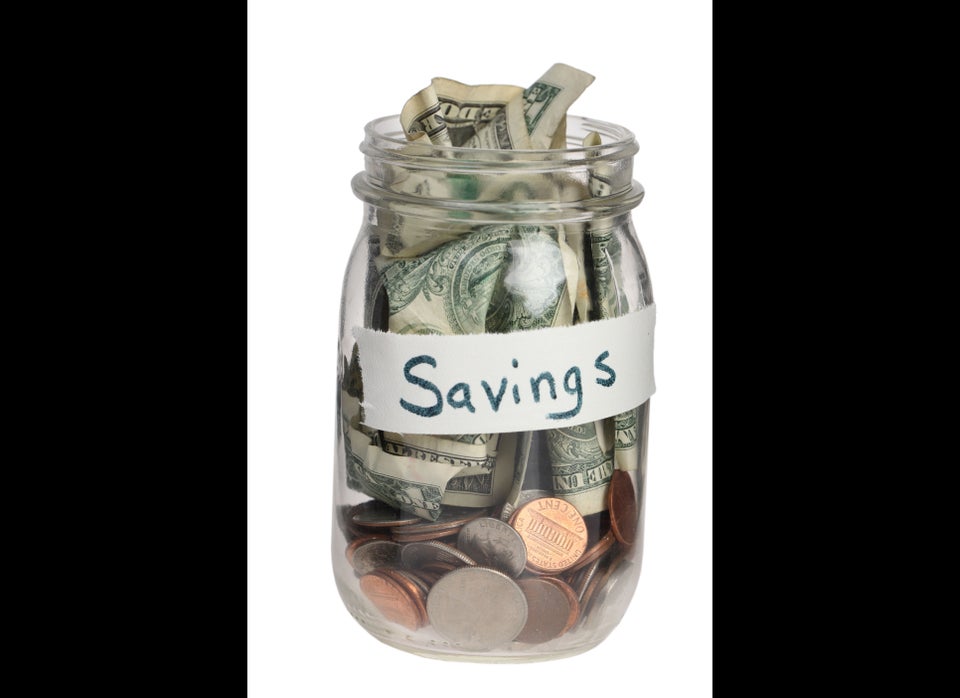
One of the best ways to improve your retirement finances is to get your employer to chip in via a pension or 401(k). But not all employers are willing to do this. Only 65 percent of private-sector workers are offered retirement benefits by their employer, according to a recent Bureau of Labor Statistics analysis of March 2012 National Compensation Survey data. However, some specific types of jobs and employers are more likely than others to provide retirement benefits. Here’s how to boost your chances of getting a retirement plan from your employer:
Become a professional or manager. Your career choice plays a big role in the quality of benefits you will get through your job. Management and professional workers are the most likely of any industry to get retirement benefits at work (79 percent). “Some research suggests that in order to entice quality employees in the management, professional and related occupations, employers must offer medical and retirement benefits at higher rates than in other occupations,” according to the BLS report. In contrast, only 40 percent of service industry workers have access to retirement benefits, the lowest of any field.
Pick a high income field. High income workers in the top quarter of the earnings distribution (85 percent) are more than twice as likely to be offered a 401(k) or pension at their job as people with incomes in the bottom quarter (38 percent). But even being in the top half of the earnings distribution makes you at least 10 percentage points more likely than the typical worker to have a retirement plan at work.
Work full time. Full-time workers are nearly twice as likely as part-time workers to have access to retirement benefits. The majority of full-time workers (74 percent) in the private sector are offered a retirement plan at work, but only 38 percent of part-time employees are eligible to participate.
Join a union. A union card just might be your ticket to a retirement plan because unions negotiate for better retirement benefits on behalf of their members. “Union workers generally have higher rates of access to benefits than their nonunion counterparts,” BLS found. “Although union workers make up a relatively small proportion of workers in the private sector – about 7.2 percent in 2011, according to data from the Current Population Survey – through collective bargaining they generally are able to negotiate higher wages and benefits for the workers they represent.” Almost all union members (92 percent) have retirement benefits, compared to 62 percent of nonunion employees.
Work for a large company. Large employers are often better able to offer retirement benefits due to economies of scale. “The larger the establishment, the more likely that establishment is to offer their employees medical and retirement benefits,” BLS found. “Economies of scale appear to play an important role in the provision of these benefits, allowing larger businesses to offer medical and retirement benefits at substantially higher rates than smaller businesses.” Some 86 percent of companies with 500 or more workers offer a retirement plan, and so do 79 percent of firms with between 100 and 499 workers. But less than half (46 percent) of employers with 49 or fewer workers are able to provide a retirement plan for them.
Read more on U.S. News and World Report:
7 Ways to Turbo-Charge Your Retirement Savings
3 Powerful Ways to Reduce Your 401(k) Fees
6 Ways to Make Your Retirement Accounts Last Longer
